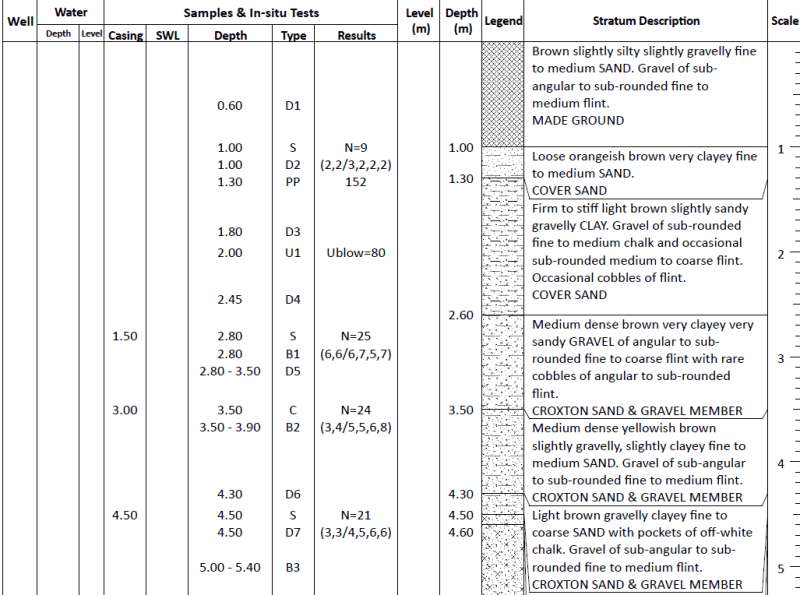Would you be concerned with bearing capacity failure of a 1m clay layer directly beneath a 3 x 3 pad footing. Clay layer extends to 2.6m depth, footing founded at 1.4m. UU test in clay layer indicates Cu of 55kPa. Medium dense sand to depth N = 20
Q allowable of clay layer calculated at 130kPa.
Beneath clay layer Q allowable of medium dense sand is 370kPa plus. (based on phi 30)
I know settlement controls and that it would be easier to rip the 1m of clay out but entertain the discussion please.

Q allowable of clay layer calculated at 130kPa.
Beneath clay layer Q allowable of medium dense sand is 370kPa plus. (based on phi 30)
I know settlement controls and that it would be easier to rip the 1m of clay out but entertain the discussion please.


![[idea] [idea] [idea]](/data/assets/smilies/idea.gif)
![[r2d2] [r2d2] [r2d2]](/data/assets/smilies/r2d2.gif)